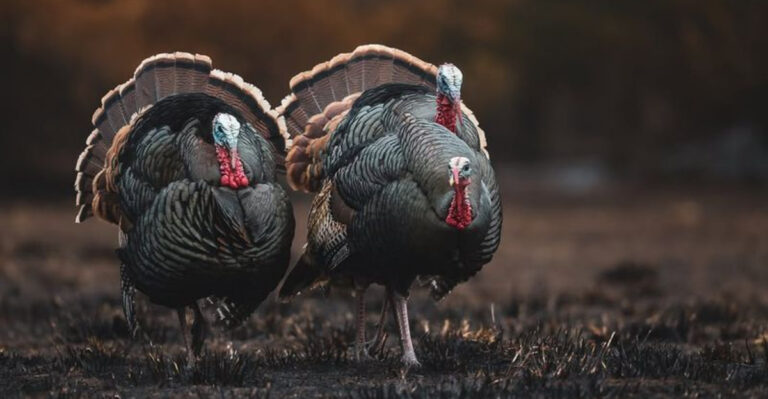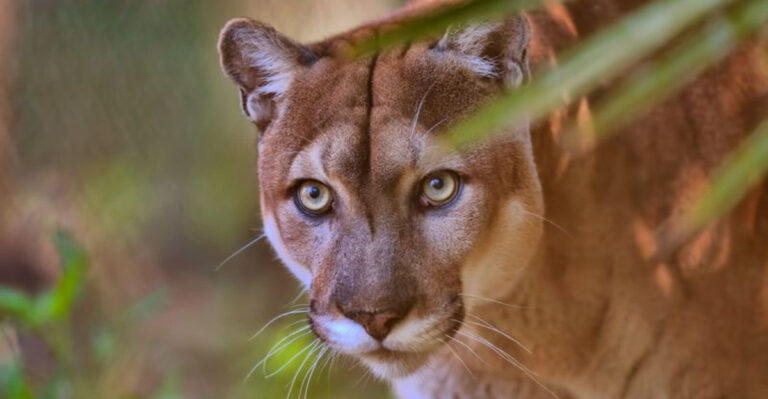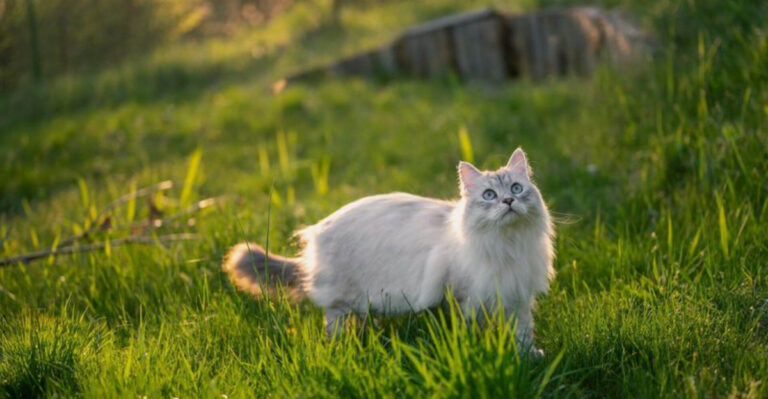Fascinating Reasons Why Zebras Cannot Be Domesticated
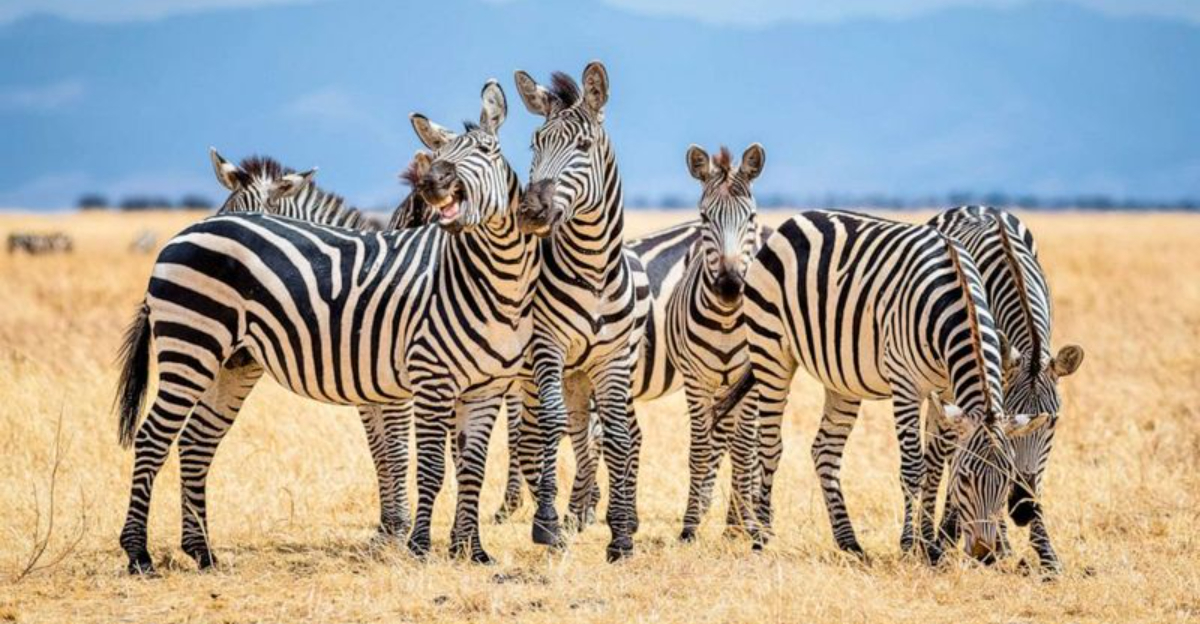
We often marvel at zebras, with their striking stripes and wild demeanor. Yet, unlike horses or cows, zebras have never been tamed for human use. They remain wild and free, roaming Africa’s plains.
Why can’t we domesticate these fascinating creatures? Let’s explore ten intriguing reasons behind their undomesticated nature.
1. Wild Nature
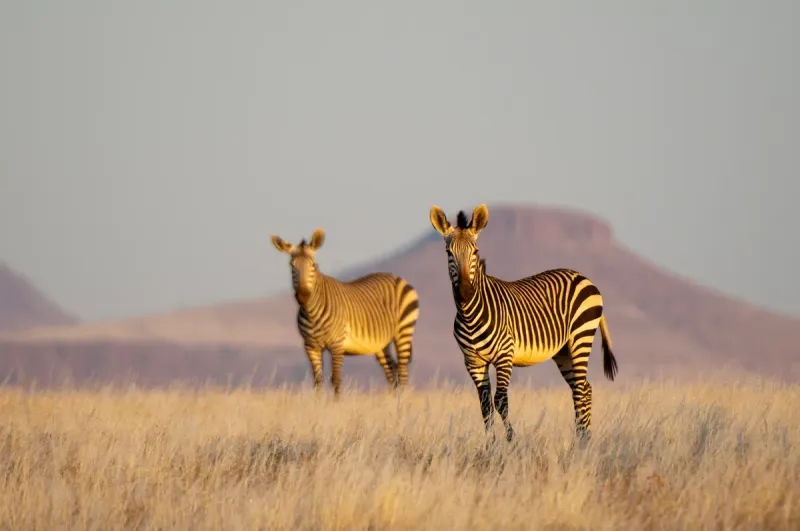
Zebras are the embodiment of wild spirit. They roam freely across the African savannas, always on high alert.
Their keen instincts make them wary of predators and humans alike. Unlike horses, zebras have evolved in an environment where caution is crucial for survival.
They are not just surviving; they are thriving in the wild. Attempting to domesticate a zebra is like trying to tame the wild itself.
Their natural instincts are deeply ingrained, making them resistant to human control. Even in captivity, zebras retain their wild behavior, often reacting unpredictably to human interaction.
2. Social Structure
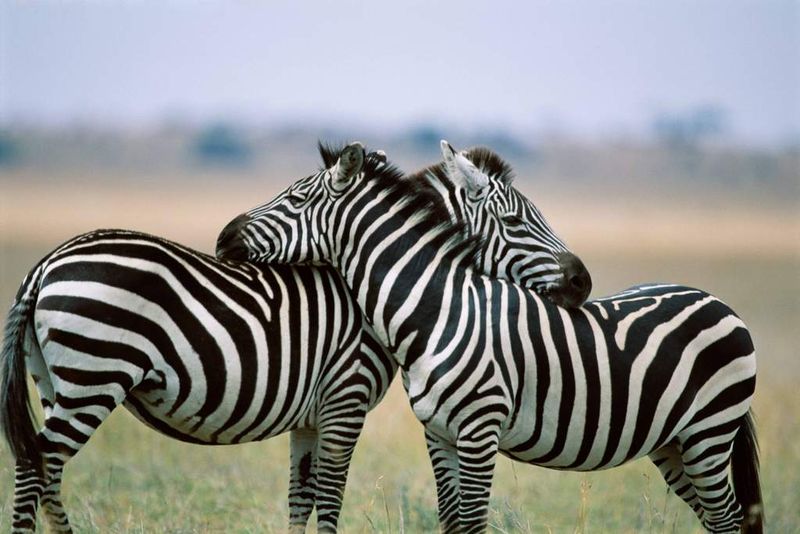
Zebras live in close-knit social groups known as harems. Each group consists of one stallion, several mares, and their offspring.
Their social structure is complex and hierarchical. Within this structure, zebras form strong bonds, relying on each other for protection and companionship.
These bonds are crucial for their survival in the wild, helping them fend off predators together. Domestication would disrupt these dynamics, isolating them from their social groups.
Without their harem, zebras would be highly stressed, which could lead to aggressive behavior toward humans and other animals. They thrive on their social interactions.
3. Dietary Needs
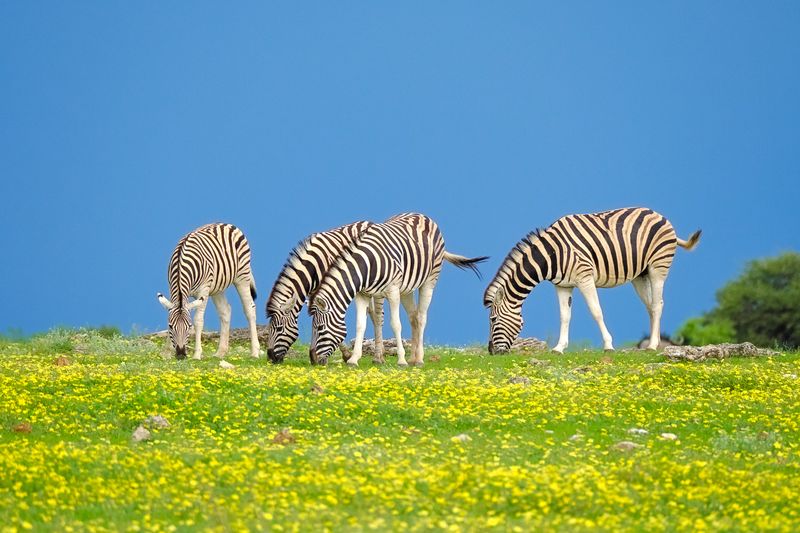
Zebras have specific dietary needs that are linked to their natural habitat. They graze on a variety of grasses, requiring large areas to roam and feed.
Their digestive systems are adapted to process this roughage efficiently.
In a domesticated environment, replicating their natural diet would be challenging. Zebras could suffer from nutritional deficiencies if they don’t receive the right types of grass.
Additionally, their need to graze freely makes them unsuitable for confinement. Limited space and unnatural diets would impact their health negatively, causing stress and further resistance to domestication.
4. Natural Defense Mechanisms
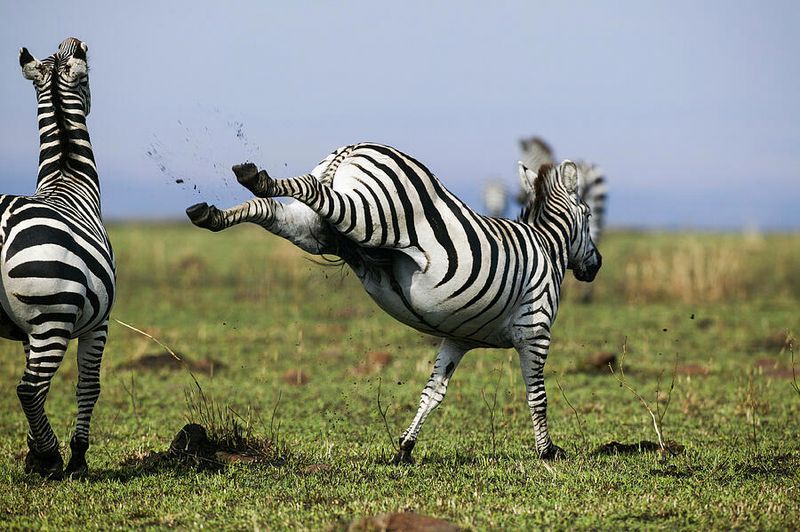
Zebras are equipped with powerful defense mechanisms. When threatened, they are known to kick with incredible force, capable of injuring predators and humans alike.
Their kicks are not just offensive; they are a vital part of their survival strategy.
They also rely on their speed and agility to escape from danger. These instincts make zebras unpredictable and sometimes aggressive in human environments.
Attempting to control a creature with such strong natural defense behaviors poses significant risks. Their defensive nature is a key reason why zebras remain wild, resisting human attempts at domestication.
5. Unpredictable Behavior
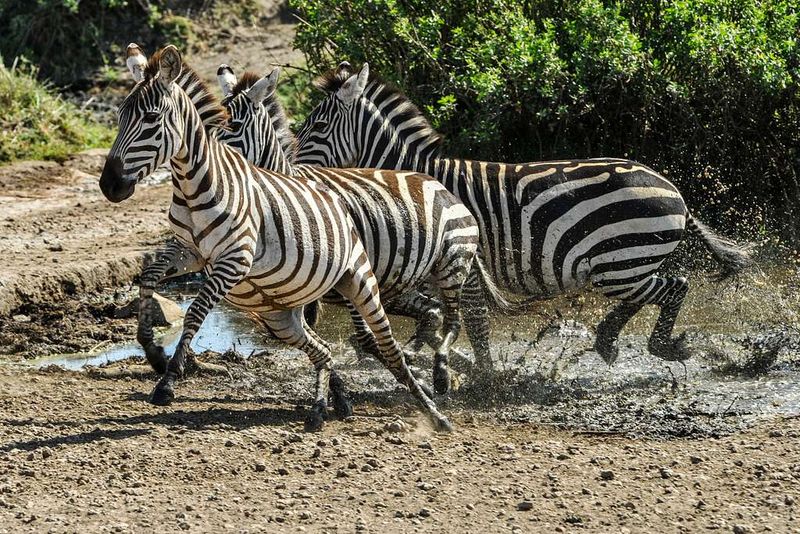
Zebras are known for their unpredictable behavior. They can shift from calm grazing to a panicked sprint in an instant. These sudden changes are driven by their heightened awareness of their surroundings and potential threats.
This unpredictability makes them dangerous to handle, especially in confined spaces. Unlike domesticated animals that respond predictably to training, zebras’ reactions can be erratic.
This trait makes them unsuitable for the structured environments required for domestication. Handling a zebra is always a gamble, as their actions can be as unpredictable as the wild itself.
6. Lack Of Historical Domestication
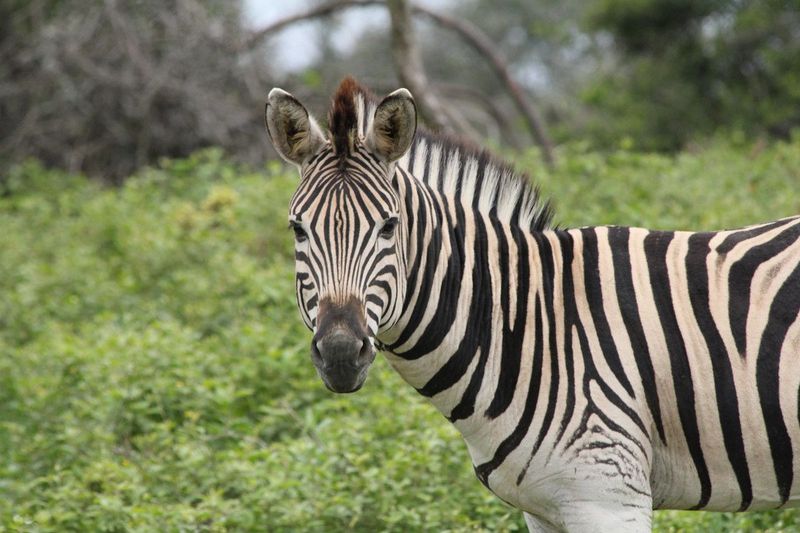
Historically, zebras have never been domesticated, unlike horses or donkeys. Early humans didn’t find zebras suitable for domestication due to their aggressive nature and complex social behavior.
Without a history of domestication, there is no foundation or precedent for taming zebras.
This lack of historical domestication means zebras haven’t been bred for traits that favor tameness or cooperation with humans.
Their untamed lineage continues today, making them more challenging to domesticate compared to animals with a domesticated ancestry.
7. Physical Build
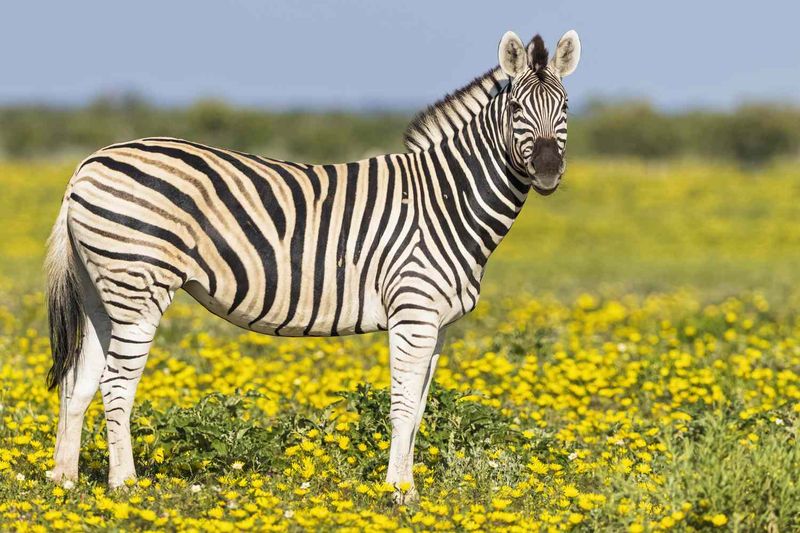
Zebras possess a robust physical build characterized by strong muscles and agile frames. Their bodies are designed for speed and endurance, not for carrying loads or pulling carts like domesticated horses.
Their physical capabilities allow them to escape predators swiftly. However, these same attributes make them difficult to control.
Zebras don’t respond well to harnesses or saddles as these restrict their natural movements. Their physical build supports their wild lifestyle, making the transition to domestication an unnatural fit.
8. High Stress Levels
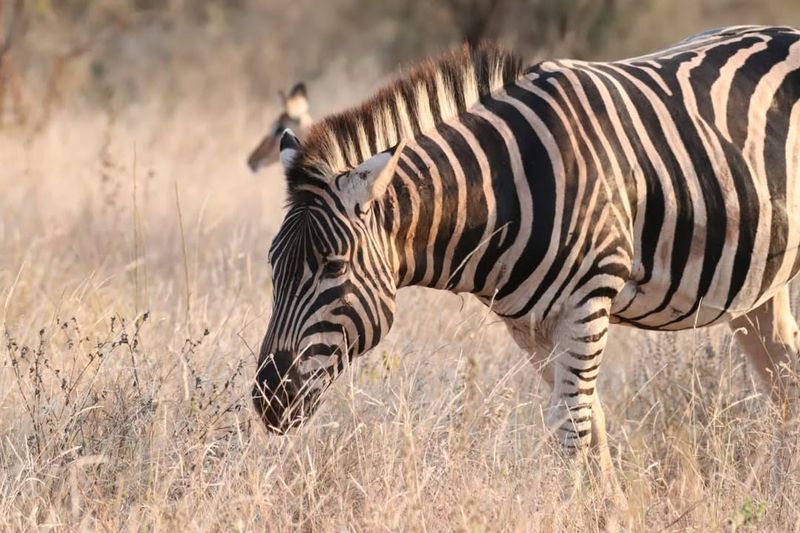
Zebras are highly sensitive animals, prone to high stress levels, especially when removed from their natural environment. Captivity often leads to anxiety, as they are unable to express their natural behaviors.
In stressful situations, zebras may become aggressive or exhibit signs of distress, such as pacing. Their inability to adapt to confinement and human presence makes domestication challenging.
High stress not only affects their mental well-being but can also lead to health issues. Zebras’ sensitivity to stress is a significant barrier to domestication, as their well-being is closely tied to their natural habitat.
9. Independent Nature
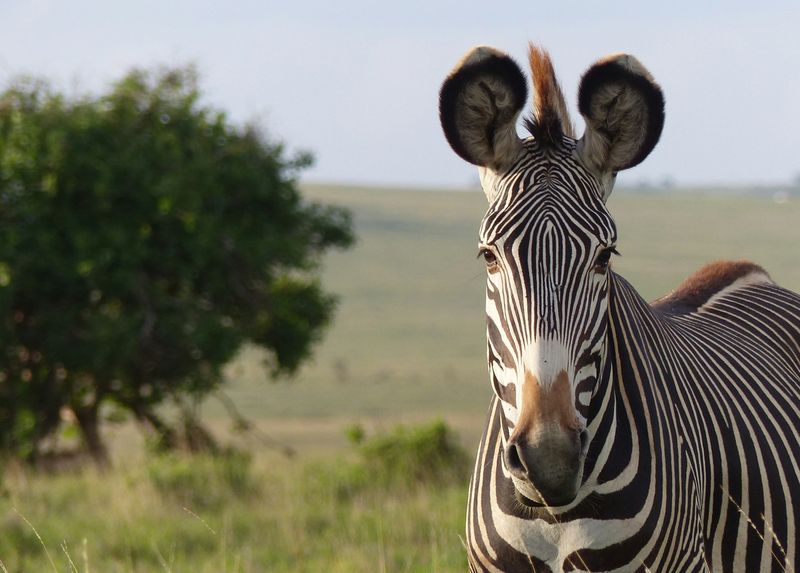
Zebras are inherently independent creatures, even within their social structures. While they rely on their herd for protection, they often display individualistic behaviors, making personal decisions rather than following a leader blindly.
This independence translates into a reluctance to follow human commands or routine training. Unlike domestic animals bred for dependency on humans, zebras cherish their freedom.
This independent streak is part of what keeps them undomesticated, as they resist conforming to the roles typically expected of domesticated animals.
10. Adapted To Roaming Free
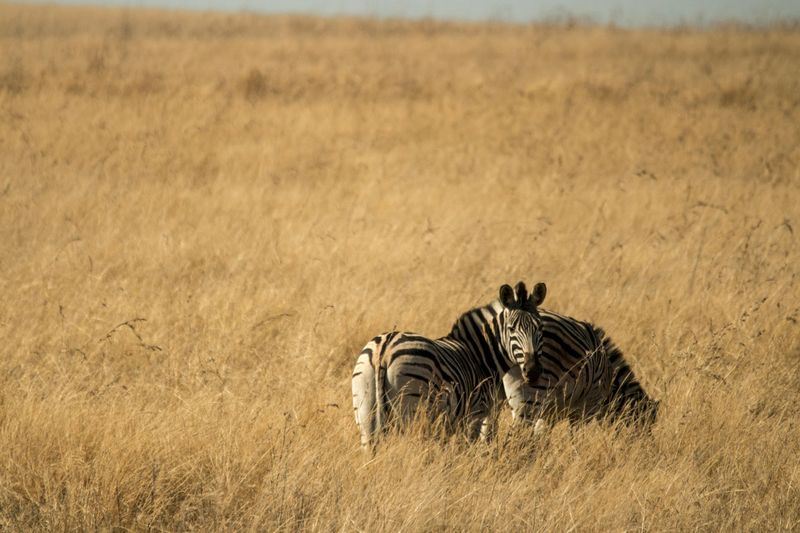
The natural habitat of zebras is the expansive savannah, where they roam freely over large areas in search of food and water.
This lifestyle of constant movement is a fundamental part of their existence, enabling them to adapt to changing environmental conditions.
Domestication would require confining them to limited spaces, which contradicts their intrinsic need for freedom.
Zebras’ adaptation to vast roaming areas is a core reason why they resist the constraints of domestication. Their migratory instincts cannot be easily curbed as it goes against their nature.



